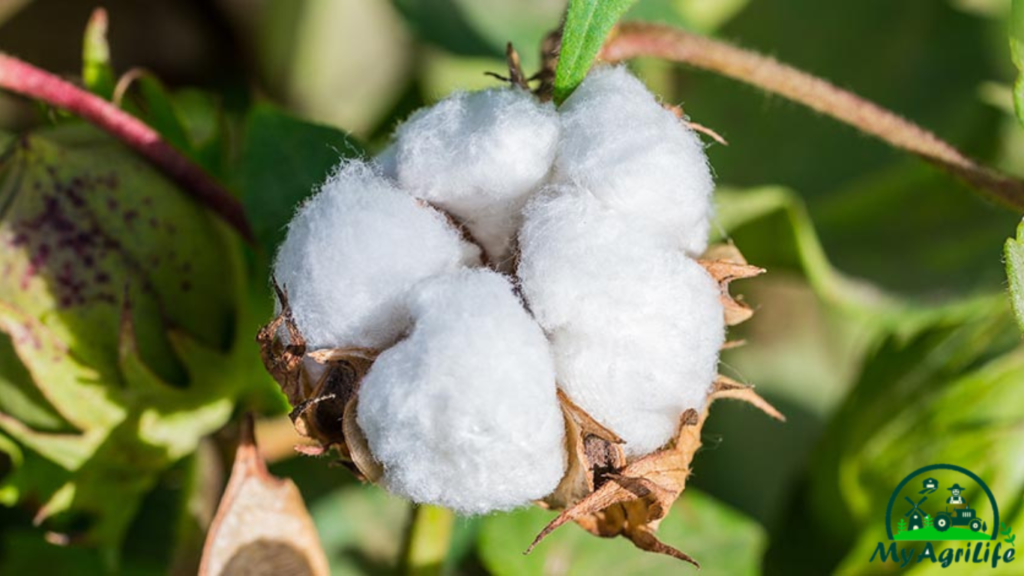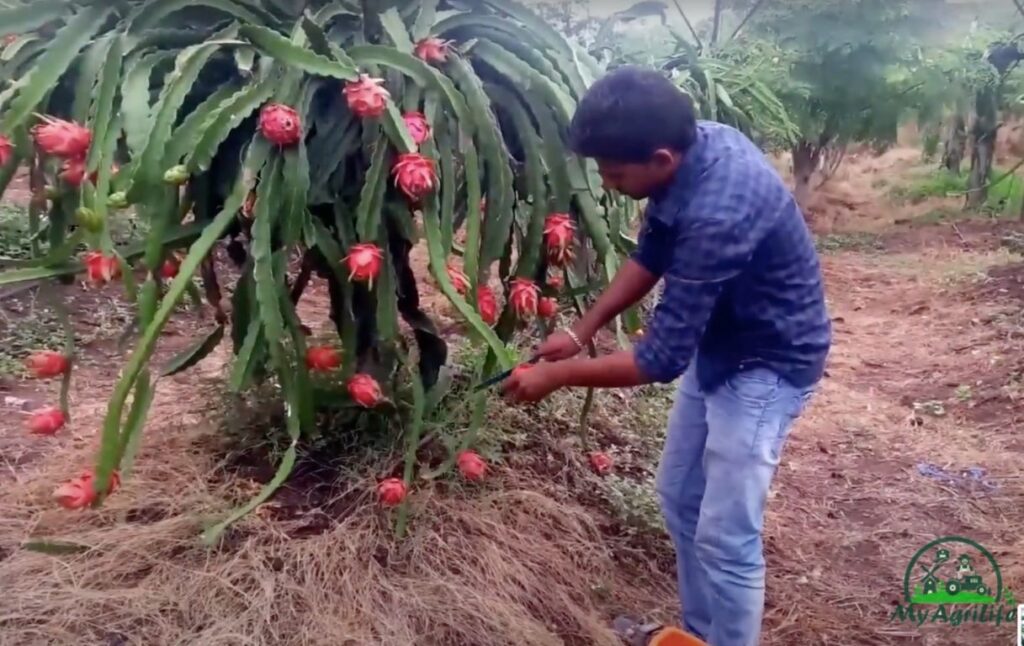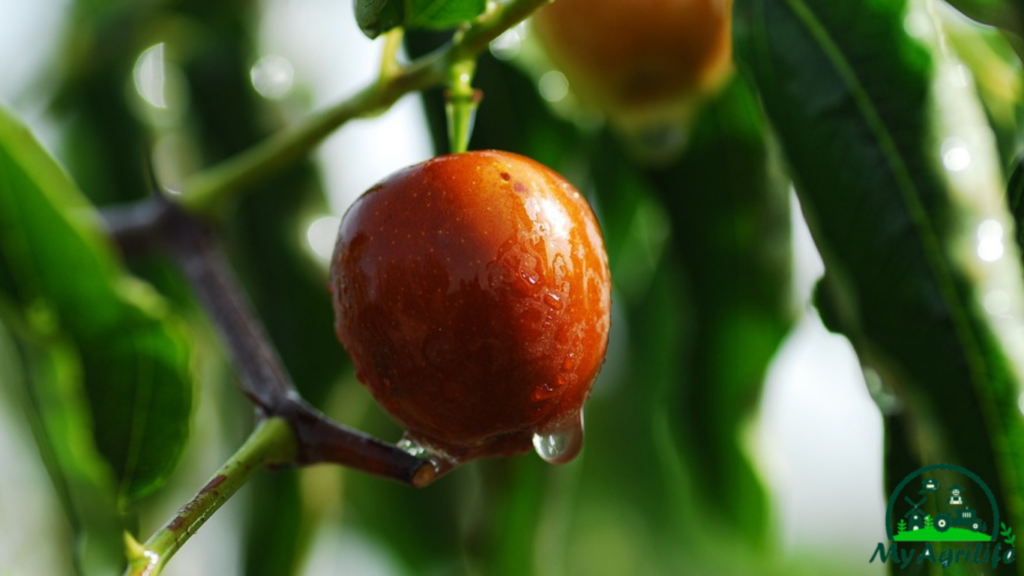
Jujube, also known as Ber in Hindi, is a fruit-bearing plant native to parts of Asia, including China, India, and the Middle East. The fruit is small, round, and usually reddish-brown or yellow in color, with a sweet and slightly sour flavor.
Jujube has been used for centuries in traditional medicine to treat a variety of ailments, including insomnia, anxiety, and digestive issues. It is also believed to have immune-boosting properties and may help regulate blood sugar levels.
In addition to its medicinal properties, jujube is a popular ingredient in many cuisines, particularly in Asia, where it is often used in desserts, teas, and other sweet dishes. It can also be eaten raw or dried as a snack.
Overall, jujube is a nutritious and versatile fruit that can be enjoyed in a variety of ways.
Seed Specification Jujube
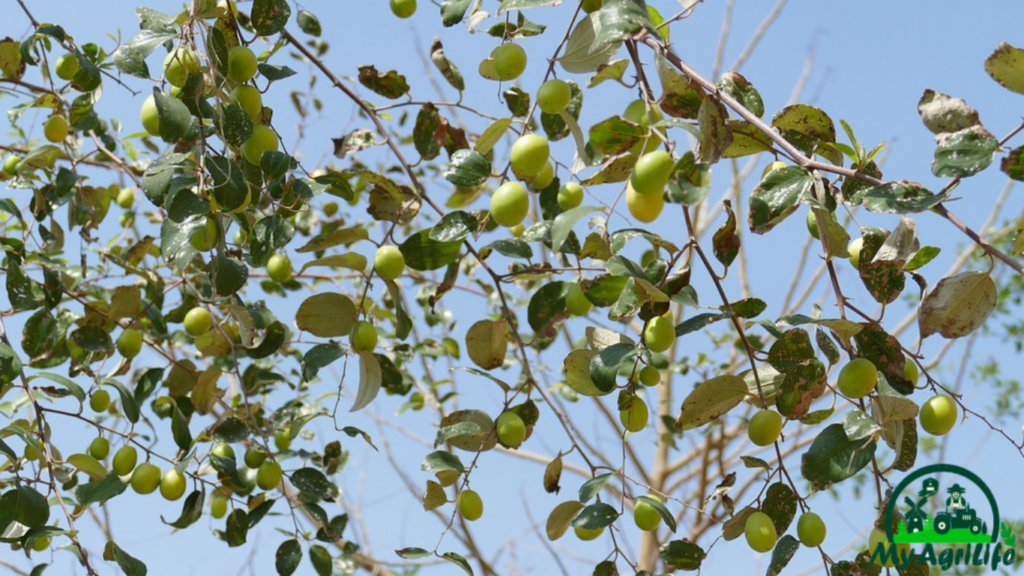
Jujube seeds are small, oval-shaped, and hard. They are typically around 1-1.5 cm in length and 0.5-1 cm in width. The seed coat is dark brown and glossy, with a small depression at one end.
Jujube seeds are used for propagation, and they require specific conditions for successful germination. The seeds need to be stratified, which means they need to be exposed to cold temperatures for several weeks to break dormancy. After stratification, the seeds can be sown in well-drained soil and kept moist until they germinate.
It is important to note that jujube seeds may not come true to the parent plant, meaning the resulting plant may not have the same characteristics as the parent plant. For this reason, jujube trees are typically propagated through vegetative means, such as cuttings or grafting, to maintain the desired traits of the parent plant.
Land Preparation & Soil Health Jujube
Land preparation and soil health are important factors for growing healthy and productive jujube trees. Here are some considerations for preparing the land and maintaining soil health:
1.Site selection: Jujube trees require full sun and well-drained soil. Choose a site that gets at least 6 hours of direct sunlight each day and has good drainage.
2.Soil testing: Conduct a soil test to determine the soil pH and nutrient levels. Jujube trees prefer a soil pH between 6.0 and 7.5. If the soil pH is too low, add lime to raise it. If the soil is deficient in nutrients, add organic matter such as compost or well-rotted manure.
3.Land preparation: Clear the land of any weeds, rocks, or debris. Tilling the soil can also help aerate it and make it easier to plant the trees.
4.Soil amendments: Depending on the results of the soil test, add any necessary amendments such as lime, fertilizer, or organic matter.
5.Mulching: Applying a layer of organic mulch such as wood chips or straw around the base of the tree can help retain moisture in the soil and suppress weed growth.
6.Irrigation: Jujube trees require regular watering, particularly during the first few years of growth. Make sure the soil is consistently moist but not waterlogged.
7.Soil maintenance: To maintain soil health, avoid excessive tilling or compaction, rotate crops, and add organic matter regularly.
By following these steps, you can create a healthy growing environment for jujube trees and ensure a successful harvest
Crop Spray & Fertilizer Specification Jujube
Crop spray and fertilizer application can help promote healthy growth and increase the yield of jujube trees. Here are some considerations for crop spray and fertilizer specification for jujube trees:
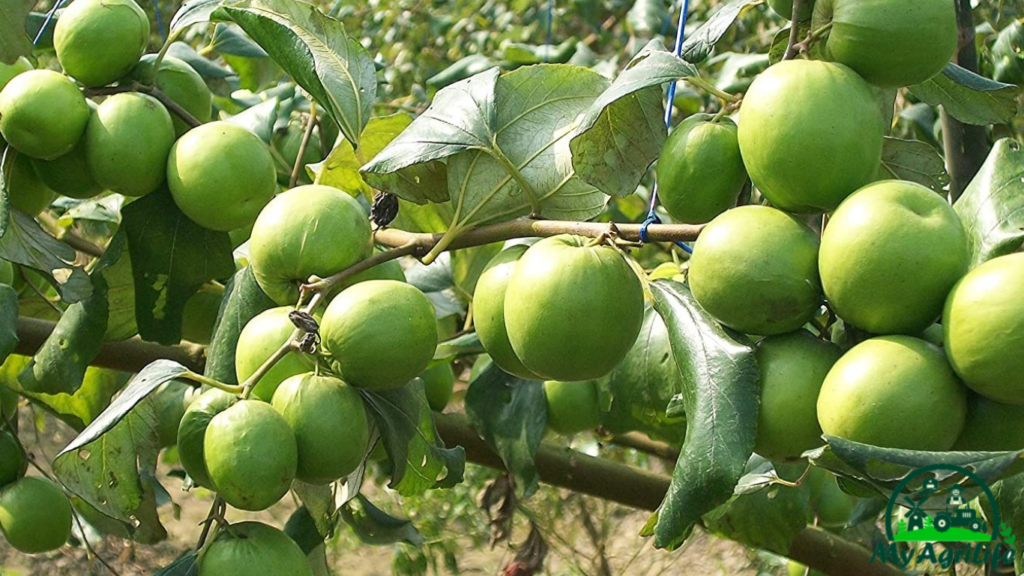
1.Nitrogen: Jujube trees require nitrogen for healthy growth, particularly during the early years of growth. Apply nitrogen-rich fertilizers such as ammonium sulfate or urea during the spring.
2.Phosphorus: Phosphorus is important for root development and flowering. Apply phosphorus-rich fertilizers such as rock phosphate or bone meal during the fall.
3.Potassium: Potassium is important for fruit development and ripening. Apply potassium-rich fertilizers such as potassium chloride or potassium sulfate during the spring.
4.Micronutrients: Jujube trees require trace amounts of micronutrients such as zinc, iron, and magnesium. Apply a balanced micronutrient fertilizer once a year to ensure these nutrients are available.
5.Crop spray: Jujube trees are susceptible to pests and diseases such as mites, scale insects, and fungal infections. Use a horticultural oil or insecticidal soap spray to control pests, and a fungicide spray to prevent fungal infections.
6.Timing: Apply fertilizers and crop sprays at the appropriate times to ensure maximum effectiveness. Follow the manufacturer’s instructions for application rates and timing.
7.Organic options: Consider using organic fertilizers and crop sprays to minimize the impact on the environment and promote sustainable agriculture.
By following these guidelines, you can promote healthy growth and increase the yield of your jujube trees while minimizing the impact on the environment. It’s important to regularly monitor the health of your trees and adjust your fertilization and crop spray program accordingly.
Weeding & Irrigation Jujube
Weeding and irrigation are important factors in maintaining the health and productivity of jujube trees. Here are some considerations for weeding and irrigation:
1.Weeding: Weeds compete with jujube trees for water, nutrients, and sunlight. Regular weeding is necessary to prevent weeds from taking over and impeding the growth of the trees. Hand-pulling or using a hoe or cultivator to remove weeds around the base of the tree is recommended.
2.Mulching: Applying a layer of organic mulch such as wood chips or straw around the base of the tree can help suppress weed growth and retain moisture in the soil.
3.Irrigation: Jujube trees require regular watering, particularly during the first few years of growth. The frequency and amount of watering will depend on the climate, soil type, and tree age. As a general rule, water deeply and infrequently, allowing the soil to dry out slightly between waterings. Avoid overwatering, as this can lead to root rot and other issues.
4.Drip irrigation: Consider using a drip irrigation system to deliver water directly to the roots of the tree. This can help conserve water and prevent soil erosion.
5.Timing: Water the trees early in the morning or late in the day to minimize water loss due to evaporation. Avoid watering during the hottest part of the day, as this can scorch the leaves and lead to water stress.
By following these guidelines, you can help maintain the health and productivity of your jujube trees. Regular monitoring of soil moisture levels and weed growth is important to ensure that the trees are getting the water and nutrients they need to thrive.
Harvesting & Storage Jujube
Harvesting and storage are important steps in ensuring the quality and shelf life of jujube fruits. Here are some considerations for harvesting and storage:
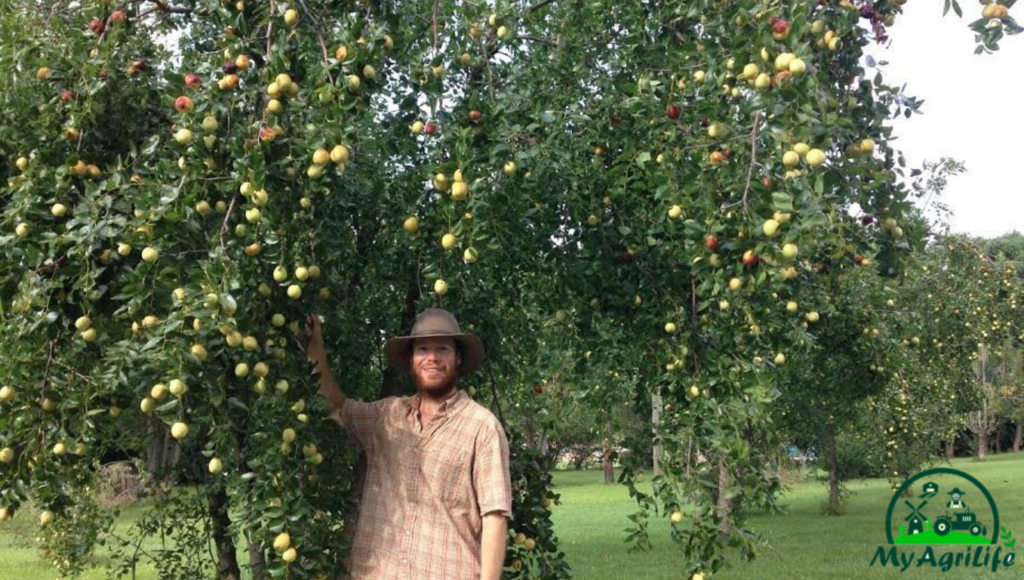
1.Harvesting: Jujube fruits are ready to harvest when they are fully ripe and have turned from green to reddish-brown. The fruits should be firm and slightly wrinkled. To avoid damaging the fruits, cut them from the tree with pruning shears or scissors.
2.Sorting: Sort the fruits to remove any damaged or overripe fruits. This will help prevent spoilage during storage.
3.Cleaning: Rinse the fruits in cool water and dry them thoroughly with a clean towel or paper towel.
4.Storage: Store the jujube fruits in a cool, dry place with good ventilation. They can be stored at room temperature for up to a week, or in the refrigerator for up to a month. To extend the storage life, jujube fruits can also be dried or canned.
5.Drying: To dry jujube fruits, slice them in half and remove the seeds. Place the fruit halves on a baking sheet and dry them in a low-temperature oven (around 140°F) for several hours until they are fully dry and slightly leathery.
6.Canning: To can jujube fruits, slice them in half and remove the seeds. Pack the fruit halves into sterilized canning jars and cover them with a syrup made from water and sugar. Process the jars in a boiling water bath for the recommended time based on your altitude.
By following these guidelines, you can ensure that your jujube fruits are of high quality and have a long shelf life. Regular monitoring of the fruits during storage is important to prevent spoilage and ensure that they are safe to eat.
Conclusion
In conclusion, jujube farming can be a profitable venture if proper care and management techniques are followed. Jujube trees are resilient and can grow well in a variety of soil and climatic conditions, making them a suitable crop for many regions. Proper land preparation, soil health management, crop spray and fertilization, weeding, and irrigation techniques are crucial for the successful growth and fruiting of jujube trees. Regular pruning and training can help maintain tree shape and productivity. Harvesting at the right time and proper storage techniques can help preserve the fruit quality and extend the shelf life of the product. Overall, jujube farming can provide a lucrative income source for farmers, and also offer health benefits to consumers.








